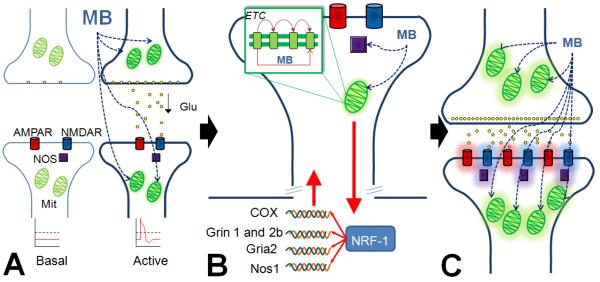Figure 5. Activity-dependent effects of methylene blue.
A) MB acts on pre-synaptic and postsynaptic mitochondria (Mit) and will preferentially accumulate in neurons within activated networks with high energy demands and active mitochondria. This generalized but at the same time activity-dependent enhancing effect is explained by the existence of elevated proton gradients in highly active mitochondria, which drive the location of MB within the cell. B) MB enhances the activity of the electron transport chain and modulates nitric oxide synthase (NOS). NOS is normally activated by glutamatergic receptors (AMPAR and NMDAR) to produce nitric oxide, which acts as a second messenger and, among other actions, regulates cytochrome oxidase activity, thus exerting a strong influence on respiration. Metabolically active mitochondria communicate with the nuclear and mitochondrial genome (red arrows) to up-regulate all cytochrome oxidase (COX) and some nitric oxide synthase (Nos1), NMDA receptor (Grin 1 and Grin 2b) and AMPA receptor (Gria2) subunit genes, all under the influence of the nuclear respiratory transcription factor NRF-1. C) Thus, gene expression orchestrated by NRF-1 allows for co-localization of proteins critical for energy metabolism and synaptic transmission that aid in synaptic strengthening and improved memory function.

